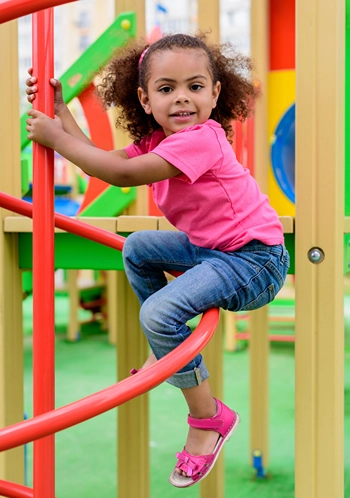Essential Financial Advice for Moms Looking to Save More and Spend Wisely
Starting with Spending Habits: A new baby brings many immediate expenses, and it’s easy to get carried away buying necessary items. Yet, not every product labeled as a “must-have” is essential. Setting clear spending boundaries is an effective way to avoid unnecessary purchases. Think about the essentials you genuinely need and focus on those.
For instance, consider investing in high-quality items that grow with your child rather than buying every latest baby gadget. Not only does this save money, but it also helps avoid clutter, keeping your focus on essentials rather than temptations.
Small Steps to Build Your Savings
Saving for the future is equally important and doesn’t require large, intimidating sums. Setting aside even a small amount each month builds a habit of saving, a cornerstone of financial security. Small savings gradually add up, offering a buffer for unforeseen expenses or future educational needs.
It’s helpful to automate savings if possible. When a set amount is automatically transferred to a savings account, you are less tempted to spend that money. As months go by, the growing balance can be a reassuring safety net, reducing financial stress and allowing you to focus on your family.
Why a Bank Account Matters
In financial planning, having a dedicated bank account plays an essential role. Managing expenses through a bank account allows for a structured approach to spending and saving, especially when juggling multiple financial responsibilities. Opening a bank account tailored to your needs ensures that every dollar has a purpose.
Beyond the basics, understanding what is needed for a bank account can simplify the process, making it easier to set up and manage. For new moms, this might include evaluating options like accounts with low fees, high interest rates on savings, or even access to financial advice. This single step can transform how you approach budgeting, providing a clear view of where your money goes, which is invaluable when adjusting to new family expenses.
Building a Flexible Budget
Budgeting allows you to designate funds for all your needs, including an emergency fund, baby essentials, personal treats, and future investments. As a new mom, your needs might shift month to month, especially with the changing demands of a growing child. By revisiting your budget regularly, you keep track of shifting priorities.
Keep the process simple; a basic spreadsheet offered by SavingsGrove or budgeting app can offer all the structure you need. This helps you stay disciplined without feeling deprived, as the budget is designed to support your family’s needs and occasional splurges.
Investing in Insurance for Added Security
Insurance often goes overlooked in early financial planning, yet it’s a significant piece of the puzzle. Consider health insurance, life insurance, and disability insurance. Each provides a unique form of protection that can safeguard your family’s finances in case of unexpected events. Health insurance helps manage medical expenses, which can rise quickly with a new baby.
Life and disability insurance offers peace of mind, knowing your family would be supported even if something unforeseen happened. While it might feel like an extra expense, insurance is an investment in your family’s stability, offering a cushion that’s hard to replicate through savings alone.
Managing Debt Smartly
Debt management is another cornerstone of financial planning, and this is especially true for new moms who might be managing pre-existing student loans, credit card debt, or other obligations. If debt is a part of your financial picture, don’t ignore it. Tackling debt with small, consistent payments can prevent it from growing. A licensed money lender can offer structured repayment plans to help you manage debt more effectively and regain financial stability.
Strategies like focusing on high-interest debt first or consolidating debt under a single loan with a lower interest rate can make repayment manageable.
The goal is not only to reduce debt but to minimize the stress it can cause, ensuring your attention remains on your family rather than financial worries—something personal loans can help manage when used wisely and strategically.
Planning Ahead for Future Goals
While immediate expenses may take priority, thinking ahead is invaluable. Saving for your child’s education can start now, even if it’s years away. Education funds, for instance, can be set up to grow over time, taking advantage of compounding interest.
Even if contributions start small, the habit of regular contributions can make a significant impact by the time college rolls around. Investing in your financial knowledge also has lasting benefits. By becoming financially literate, you equip yourself with tools to make informed decisions, adapting your plans as circumstances change.
Conclusion
Financial planning for new moms doesn’t need to be a daunting task. It’s about making small, manageable adjustments and prioritizing stability and security for you and your family. Each step, from budgeting and saving to setting up a bank account and managing debt, builds a strong foundation for financial well-being.
Though they may seem modest, these actions accumulate into a framework that supports your current lifestyle and future goals. With thoughtful planning, financial peace of mind is well within reach, allowing you to focus more on the joys of motherhood and less on financial concerns.









